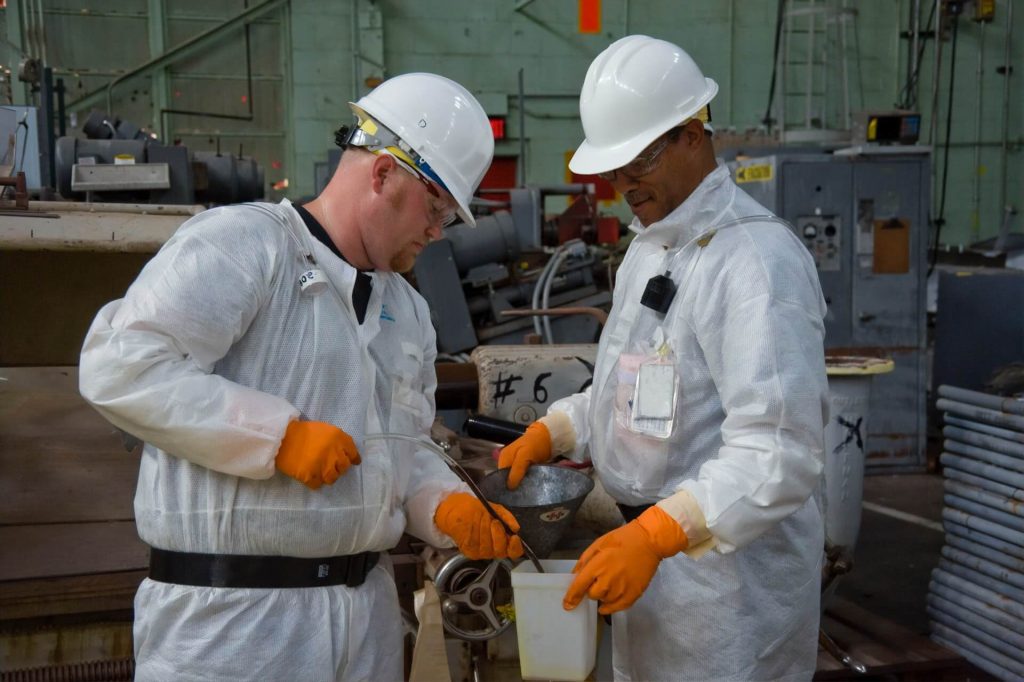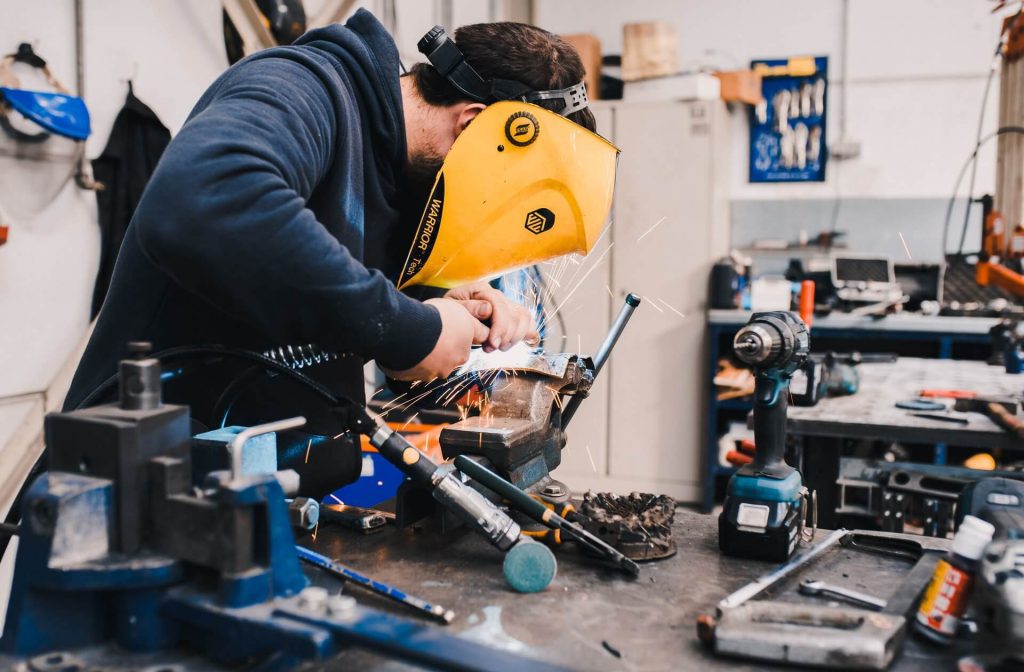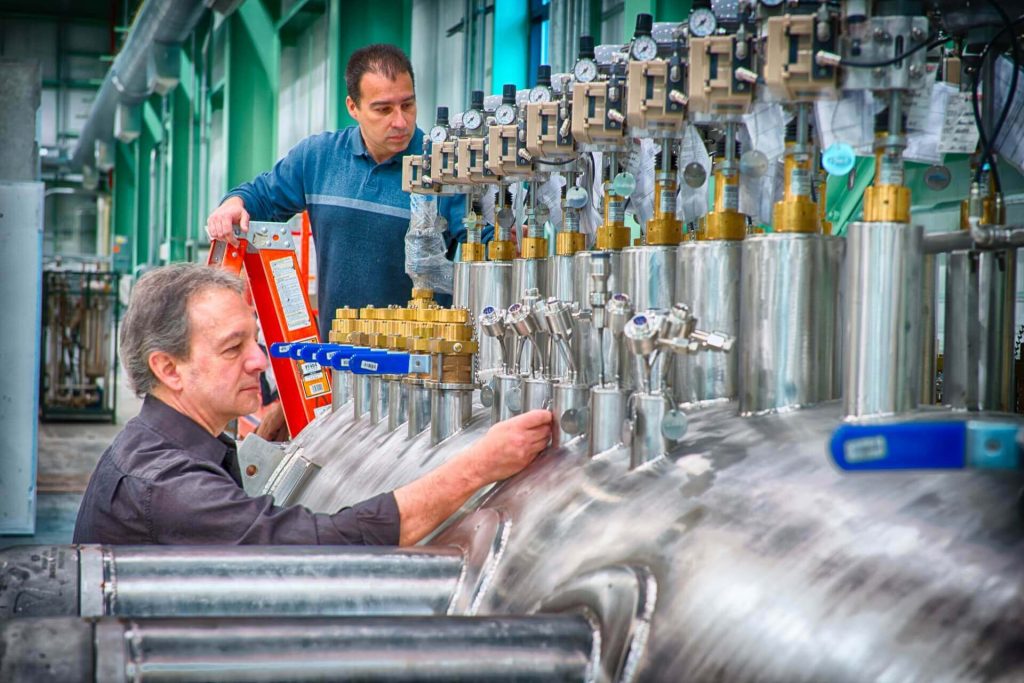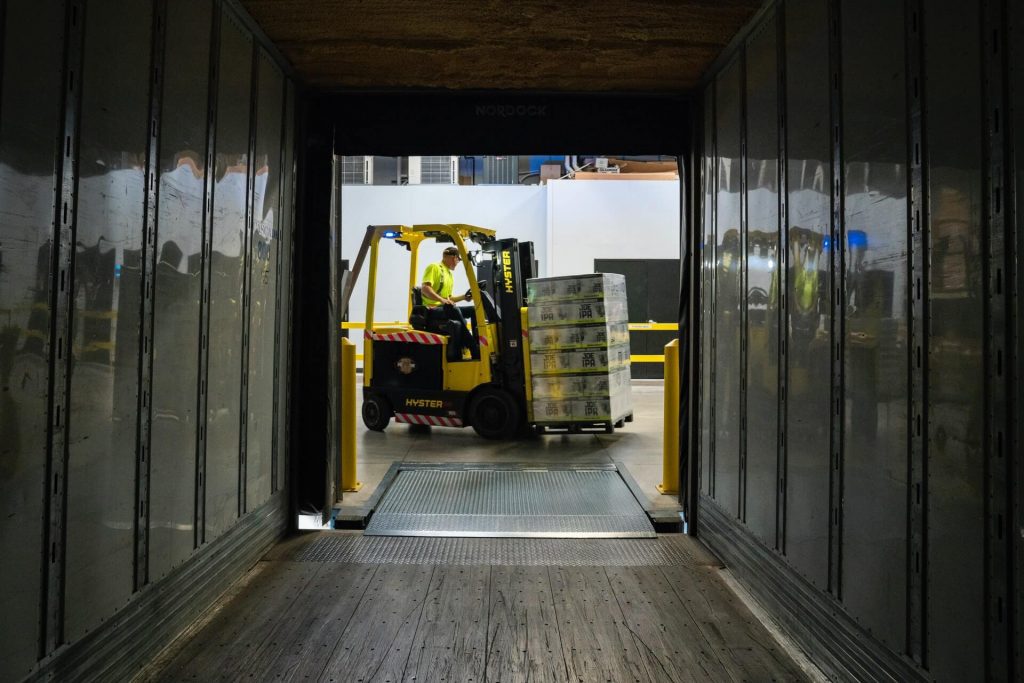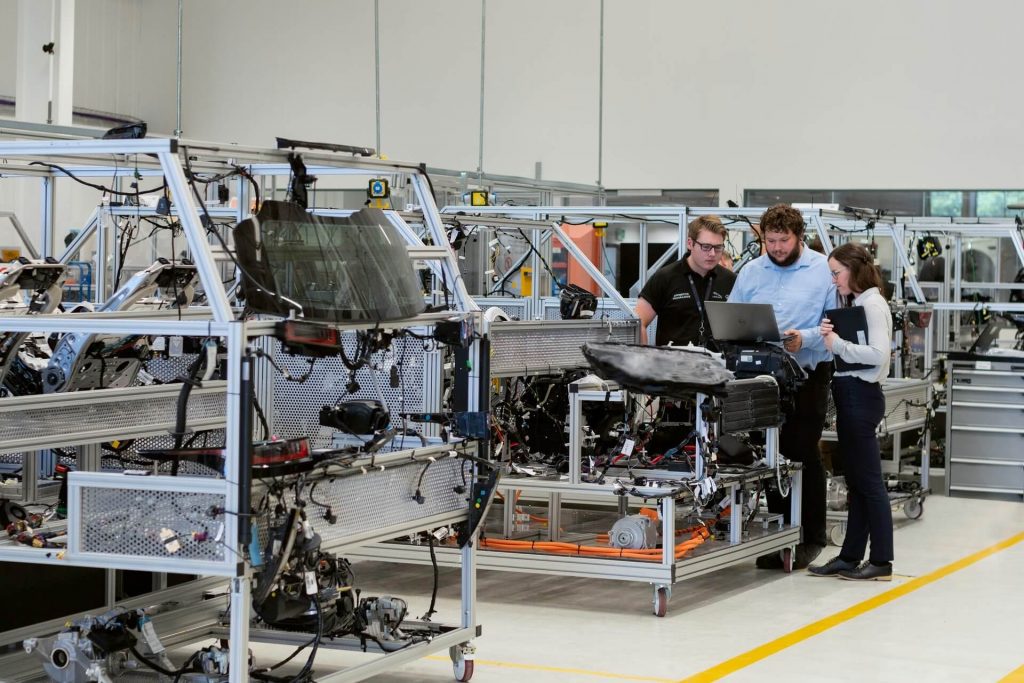Cross-training In Manufacturing – What Is It And Why It Is Important?
Cross-training in business operations, also known as multiskilling, involves training employees for a flexible response to changing production schedules. Cross-training simply aims to build the skills of everyone in the company. This way everyone better understands exactly what it takes to run the business. The idea is to empower employees to provide support from within […]
Cross-training In Manufacturing – What Is It And Why It Is Important? Read More »

